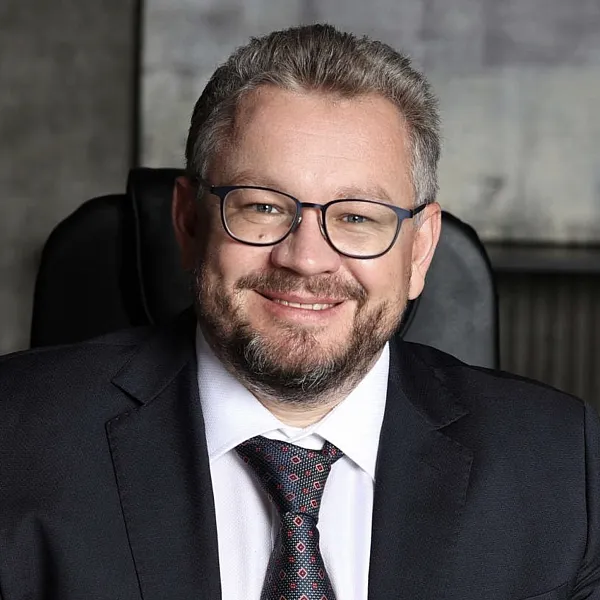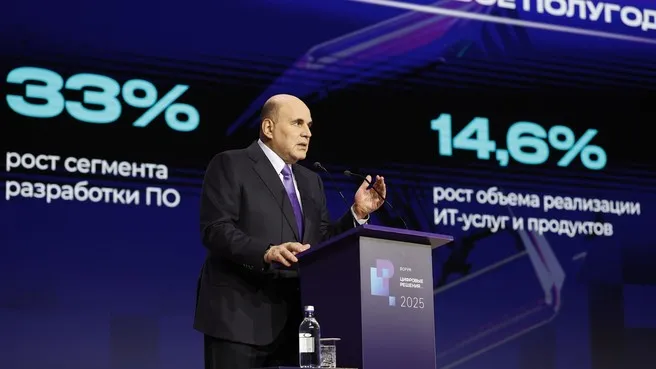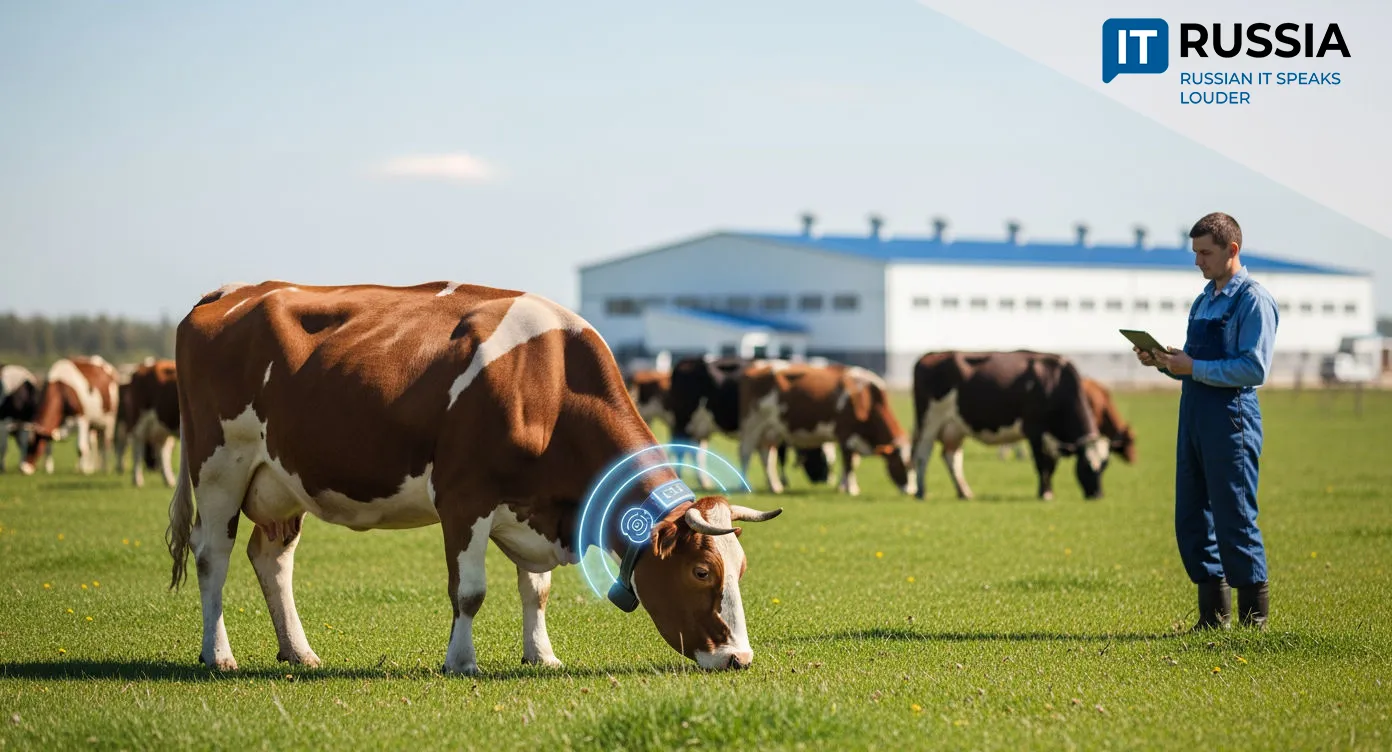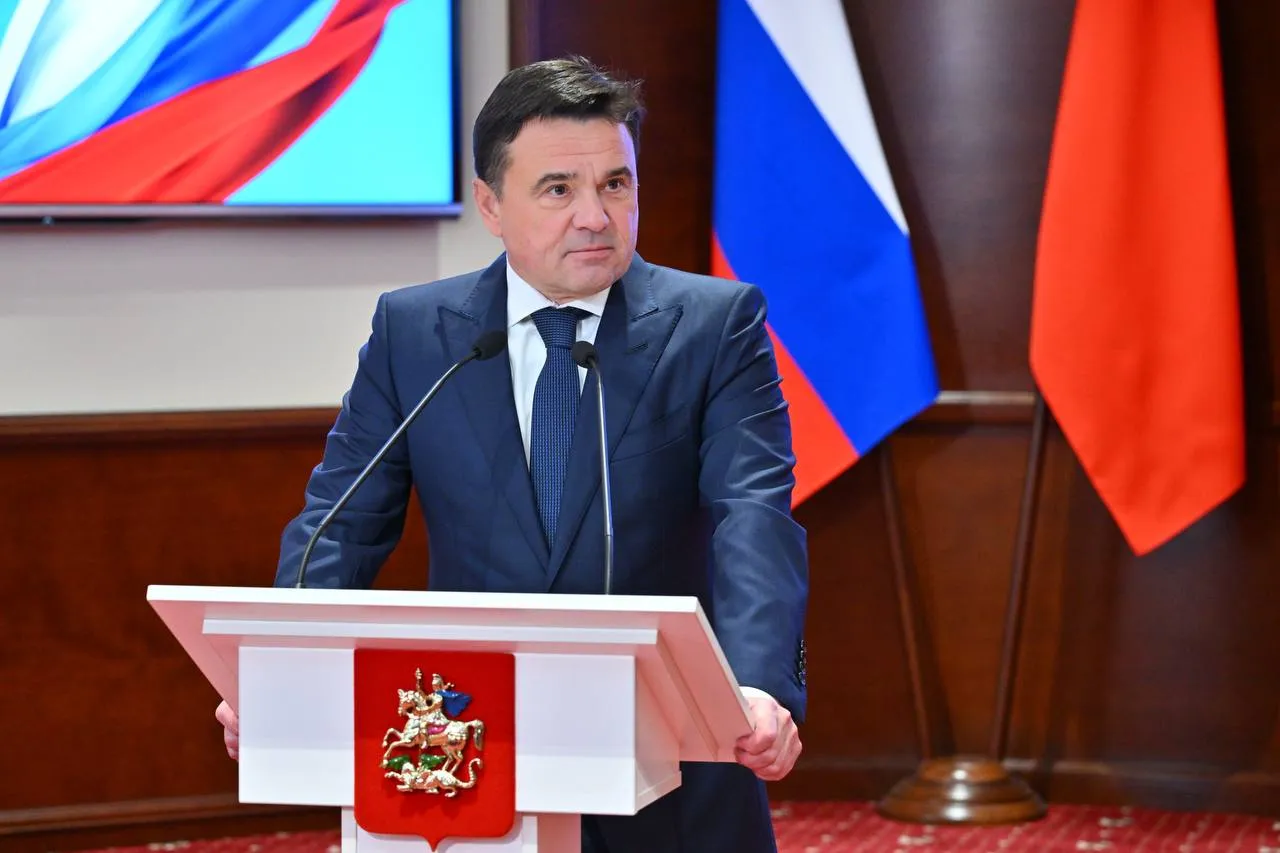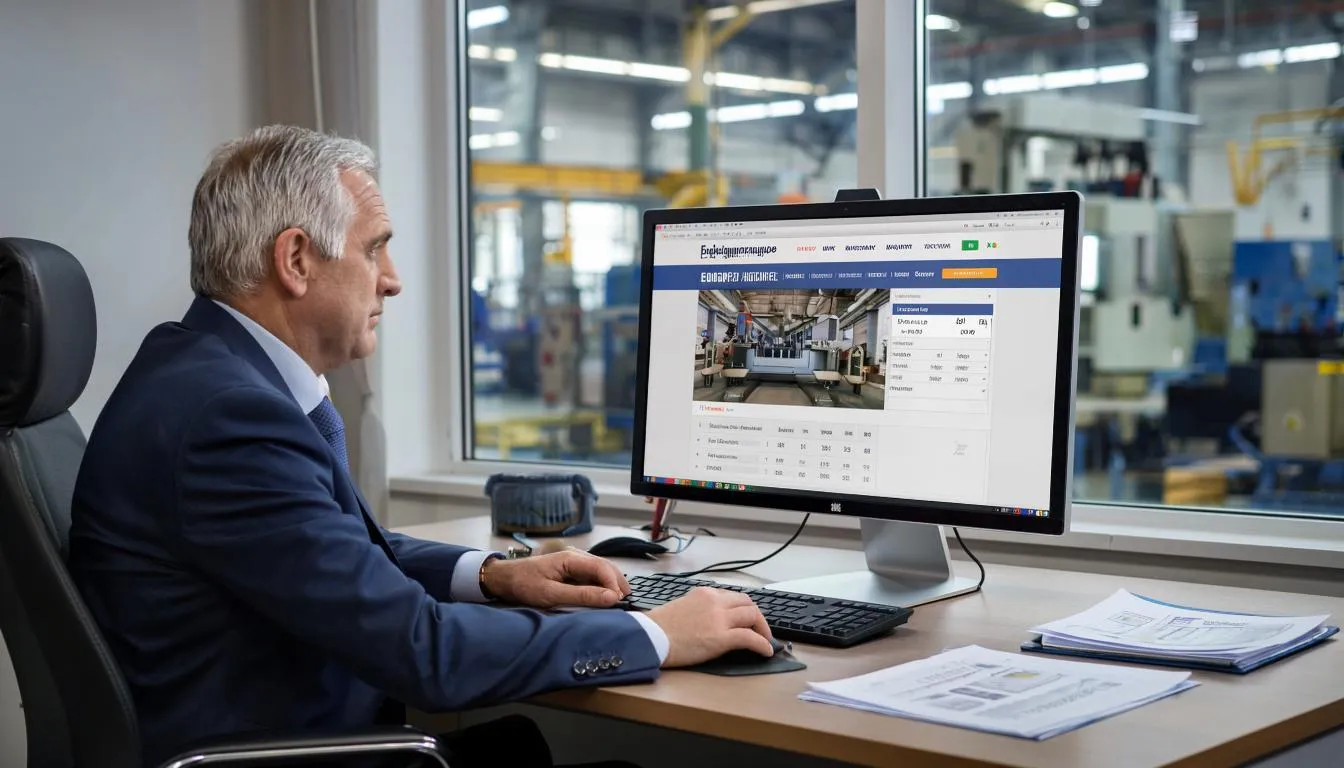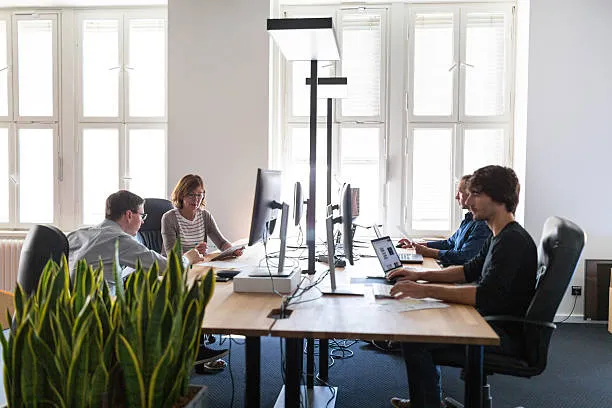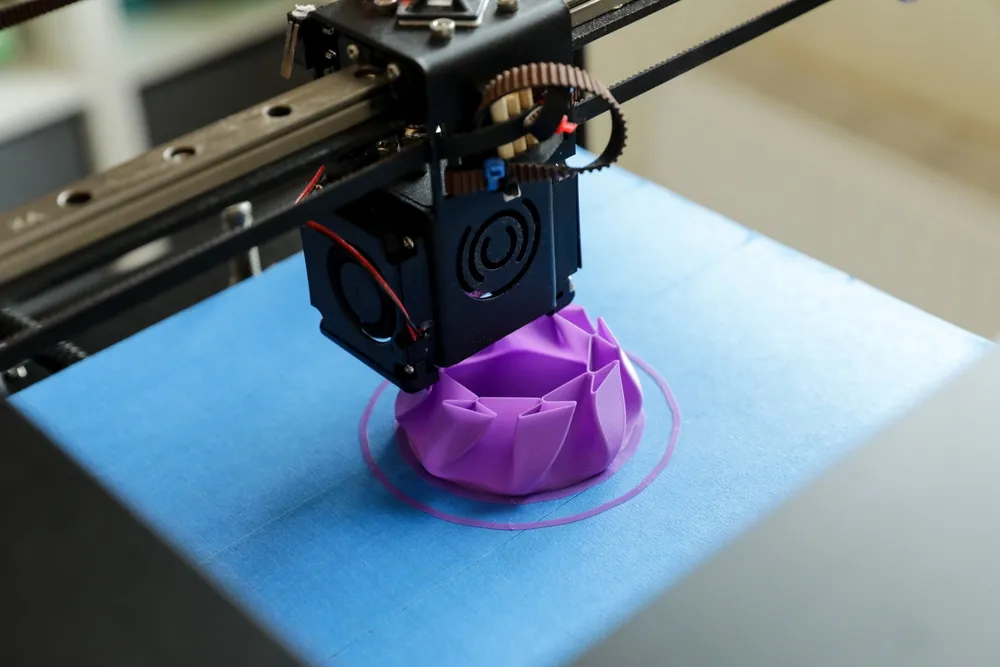ALROSA Announces Transition to a Russian Built ERP System
Global diamond producer ALROSA has begun a full-scale transition to the Russian ERP platform 1C:ERP, with core modules scheduled for deployment by 2026 and full migration set for 2028.

A Unified Digital Framework for the World’s Leading Diamond Miner
ERP systems integrate data and workflows from across a company into a single environment, increasing transparency, reducing manual operations, and improving resource management. For ALROSA—operating mines across several Russian regions and managing multiple subsidiaries—the switch to a unified ERP system will harmonize management practices across the entire group.
The company’s move reflects the need for operational clarity in a dynamic global market. ERP modules will support finance, supply chains, HR, production planning, maintenance, procurement, sales, project management, and more—providing a consistent digital backbone for all facilities, regardless of geographic location.

Pilot Rollouts Across ALROSA Assets
Initial testing is underway at ALROSA subsidiaries Severalmaz and Almazy Anabara.
These pilot deployments cover key areas: holding-level business process management, predictive maintenance and equipment repair planning, procurement digitalization via a Russian SRM system, warehouse and transport logistics optimization, and the consolidation of master data.
All existing IT systems will be integrated into a unified digital architecture. Once refined, the new functional framework will be scaled across the company, creating a standard management model for all ALROSA assets and simplifying the migration process for each enterprise.
Industry Context: Russian Enterprises Pivot to Domestic ERP Platforms
Mosvodokanal, Moscow’s water and wastewater utility, began a full IT transformation in 2022, migrating from Oracle e-Business Suite—its ERP core since 2008—to the 1C platform. Digitization allowed the company to modernize its management systems, strengthen investment attractiveness, and navigate tariff‑regulation periods more effectively.

By the time migration began, 1C‑based applications were already deeply embedded across operations, including capital construction management, electronic archiving, payroll and HR, and vehicle fleet management. Transitioning fully to a domestic ERP system required overcoming considerable challenges while ensuring uninterrupted operations.
From Import Substitution to Strategic Advancement

Digital transformation in Russian heavy industry typically follows a staged process: infrastructure assessment, architecture design, hardware modernization, software deployment, phased module migration, customization, and workflow optimization—all led by domestic developers.
While the shift to local software is often driven by import substitution, many experts argue that the long‑term goal should be ‘import outpacing’—developing solutions that anticipate future global needs by 5–10 years and position Russian vendors as industry visionaries.


